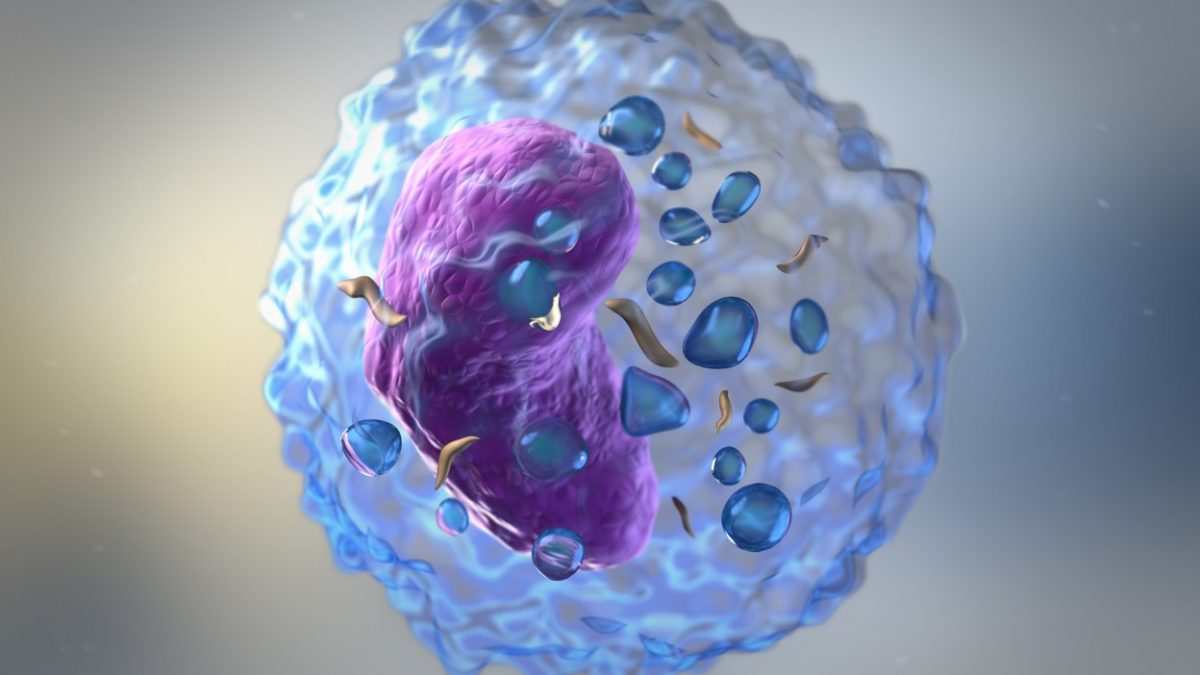MG Case Due to Hodgkin’s Lymphoma Highlights Link Between Diseases

The rare case of a female patient who developed myasthenia gravis (MG) in association with Hodgkin’s lymphoma, a type of blood cancer, highlighted the link between these conditions and the therapeutic challenge they pose.
Her case was described in the study, “Myasthenia Gravis Revealing Hodgkin’s Lymphoma,” published in the European Journal of Case Reports in Internal Medicine.
MG is an autoimmune disease caused by the production of self-reactive antibodies that attack and destroy components of neuromuscular junctions — the sites where nerves and muscles come into contact and communicate. In nearly 85% of cases, these harmful antibodies target acetylcholine receptors, which are critical for transmitting signals between nerve and muscle cells.
In around 10–15% of the cases, MG is associated with non-cancerous tumors of the thymus gland, called thymomas. Rarely, MG also has been linked to malignant cancers, typically lymphomas.
“Only five cases of myasthenia gravis associated with Hodgkin’s lymphoma have been reported in the literature,” the researchers wrote.
In all five reported cases, the patients experienced asthenia, or severe weakness and lack of energy associated with decreased muscle strength. Two patients also exhibited ptosis, or drooping of the upper eyelid. All but one of the patients were treated with the muscle strengthener prostigmine in combination with either steroids, chemotherapy, or radiation therapy.
This latest case study describes a 22-year-old woman in Morocco with a two-month history of severe asthenia and intermittent ptosis. She also exhibited facial features that are characteristic of the motor impairments found in generalized MG.
Blood tests revealed the patient had high levels of self-reactive antibodies against acetylcholine receptors, as well as elevated levels of the inflammatory markers C reactive protein and erythrocyte sedimentation rate.
Although her hemoglobin levels were within a normal range, her white blood cell count was low, indicating the presence of hemopathy, or a blood disease.
Chest imaging revealed the presence of a mass in the patient’s thorax, and a biopsy later suggested the mass was likely a benign thymoma. Two weeks after the biopsy, the patient returned for treatment at the University Hospital of Mohammed VI, in Marrakesh, now showing signs of lymph node enlargement.
She underwent a second biopsy, which found signs of Hodgkin’s lymphoma. Those results led physicians to diagnose the patient with MG associated with Hodgkin’s lymphoma. She was then treated with a combination of prostigmine and steroids.
“Myasthenia gravis is a very rare complication of Hodgkin’s lymphomas. Prognosis depends on rate of progress, haemopathy stage, and severity of neuromuscular damage,” the investigators wrote.






